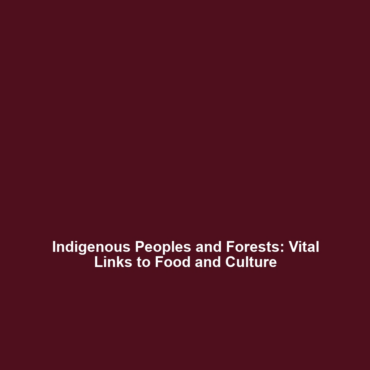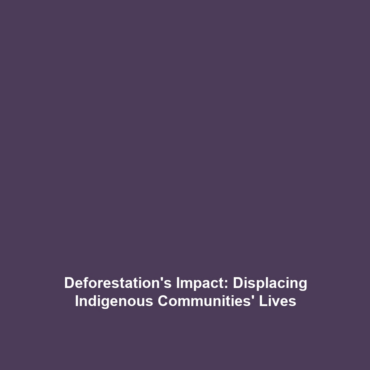Control of Fire in Human Evolution
Introduction
The control of fire marks a pivotal milestone in human evolution, fundamentally transforming the way early humans interacted with their environment. Mastering fire not only provided essential warmth and protection but also facilitated cooking and social gatherings, thereby shaping the cultural and physiological development of our species. As we delve deeper into the historical significance of fire control, we uncover its influence on migration, survival strategies, and societal advancements—elements crucial to understanding human evolution.
Key Concepts
Defining Fire Control and Its Importance
The control of fire refers to the ability of early humans to create, maintain, and utilize fire for various purposes. This concept includes:
- Cooking: Fire enabled the cooking of food, making it easier to digest and improving nutritional intake.
- Protection: Fire provided safety from predators and harsh weather, allowing early humans to expand their habitat.
- Social Interaction: Fire served as a focal point for communal gatherings, fostering social bonds and cultural development.
The Role of Fire in Human Evolution
The utilization of fire played a crucial role in human evolution by:
- Enhancing brain development through increased calorie intake from cooked foods.
- Extending the range of habitats early humans could occupy.
- Facilitating technological advancements, as tools and shelters evolved alongside fire use.
Applications and Real-World Uses
Understanding how control of fire influences human evolution provides insights into several practical applications:
- Cooking Methods: Modern culinary practices still rely on fire for cooking and food preparation.
- Survival Strategies: Knowledge of fire-making techniques is essential in wilderness survival training.
- Historical Analysis: Archaeologists study ancient fire sites to gain a deeper understanding of early human behavior.
Current Challenges
Despite its significance, researchers face several challenges of control of fire in the context of human evolution:
- Interdisciplinary Gaps: Difficulty in integrating findings from various scientific disciplines hampers comprehensive understanding.
- Archaeological Limitations: Unearthing and interpreting ancient fire remains poses significant challenges.
- Ethical Considerations: Working with indigenous knowledge and ensuring respectful representation of cultural practices.
Future Research and Innovations
Upcoming innovations in understanding control of fire include:
- High-Resolution Archaeological Techniques: New methods for analyzing fire sites will deepen insight into prehistoric human behavior.
- Biological Research: Studies exploring the links between fire usage and human physiology are ongoing.
- Cultural Anthropological Approaches: Increased focus on indigenous fire management techniques and their role in ecosystems.
Conclusion
In summary, the control of fire is a cornerstone event in the narrative of human evolution, underpinning essential developments in biological and cultural contexts. As we advance our research and understanding of fire’s role, we invite readers to explore related topics such as cooking and culture and early human survival strategies. The story of fire is far from over, and its lessons continue to resonate today.



